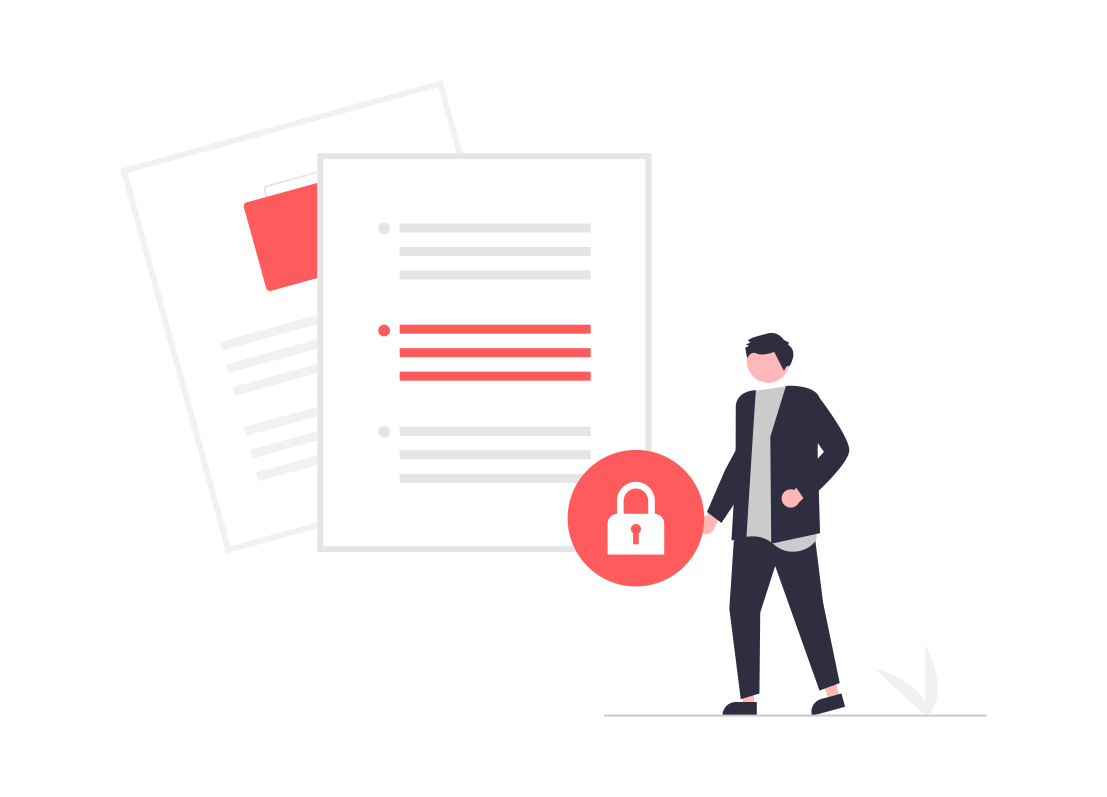Tell me how to enter the code
A Service Design principle to help visitors
I’m visiting a friend. He sent me the code of the door of his building by text. When I arrive in front of the door, I see the keypads. Usually, that’s the moment when I always ask myself:
“How do I enter the code? Do enter it followed by “*” or should I first press “#”! ?”
The building staff is smart! They answer this question before I ask it. Below the keypad, a little note says “code + #”
When people have to enter a bit of unusual information, like codes, let people know how to enter that information.
Sure the keypad could be designed so that this information isn’t needed. But the building staff has to work with what’s already in place. With just a little note, the issue is fixed. And visitors don’t hate the keypad machine and the landlord. They just enter.
Little side notes
This is the second draft of this Service Design Principle.
I was able to reduce the lengths by 19.33% compared to the first version.
Once adapted, even more, this principle will be part of the book "Service Design Principles 201-300"
As always feel free to share comments, feedback or personal stories to improve this principle.
More behind the scenes:
I'm was not satisfied with this principle, so I used writing to think "out loud":
I like what the landlord did here, but I feel this principle is still too narrow and specific to this situation. I'm asking myself, how can this situation inspire other situations? I don't have the answer right now, but I know I have to figure this out in the next iterations of this principle.
Usually, it's by finding a new title that I manage to give a new level to the principle. For now, the principle is called "Tell me how to enter the code". So let's try a few alternative titles:
"Don't assume I know how to use this thing": that's wider and could be used in many different contexts. Maybe it's too wide? Or I think I found it! The next draft will use this title and then I'll have to adapt a few things.
If you have another idea for a better title, obviously hit reply to share your feedback.

I would suggest “Require no prior knowledge to use”
I like your suggestion, it makes the principle a bit wider in purpose :) Thanks!
Someone once saw me struggling w/ a faucet and suggested “lefty loosey, righty tightly.” I was too embarrassed to ask if there was a similar memory aid for heat. Lefty scalding, righty freezing? 😅
The third draft of this Service Design Principle
Don't assume I know how to use this thing
I’m visiting a friend. I have the code of his building door in a text. Then, in front of the door, I see the keypad. Usually, I’d think: “How do I enter this damn code? Do I press “#” before or after I enter the code?!”
Footnotes
Daniele’s notes